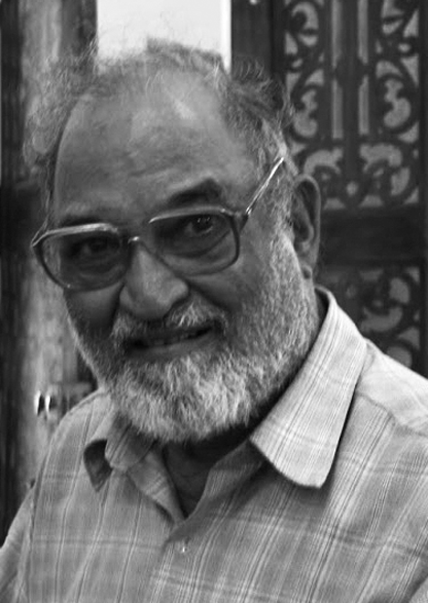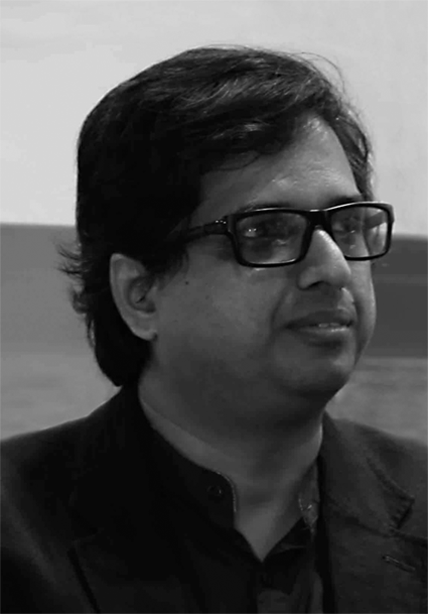This presentation is informed by an anthropological understanding of what it means to be local and cosmopolitan. This is discussed within the context of artistic practice, which today has come to be dominated by both, an aspiration towards universal value, as well as an acute awareness of political, economic and cultural differences. Within anthropology, the idea of locality as given, primordial and rooted has been critiqued. This has accompanied a similar exercise showing how modern cosmopolitan sensibilities too are often not as straightforward as they seem. The central and metropolitan context is not by default more cosmopolitan than a peripheral, non-urban one. Similarly one cannot assume locality to be a taken-for-granted term with a given, fixed set of variables defining it. Within such a theoretical framework, how does one respond to artistic practice in contemporary times, which is often locked within a grid of identity differences, as well as a persistent aspiration towards universal values? This study takes a position within this debate. It believes that the local has become a special site of conflict within a divided but highly connected world. It is even less accurate today to understand it as a counter-point to a global, cosmopolitan sensibility or conversely, to believe that the national or the global is somehow more attuned to universal aspiration.






